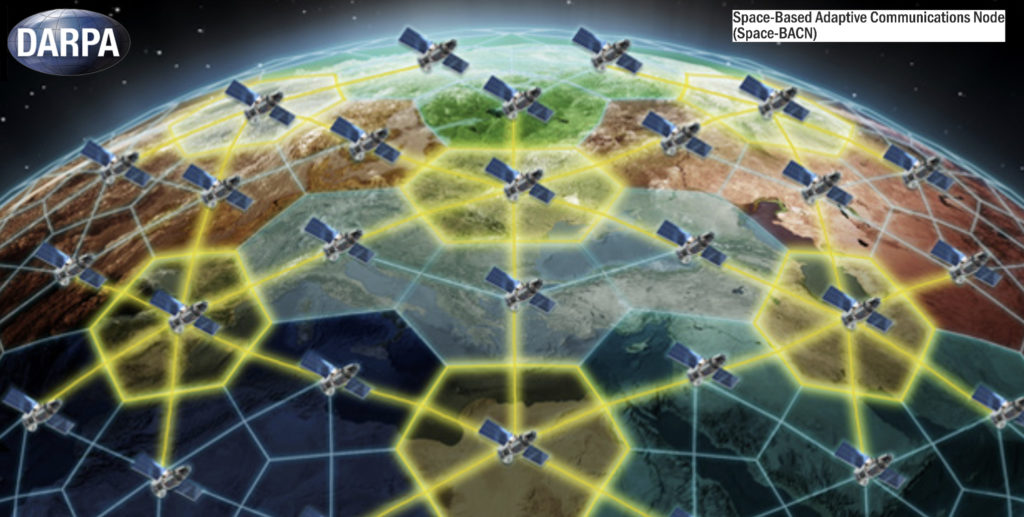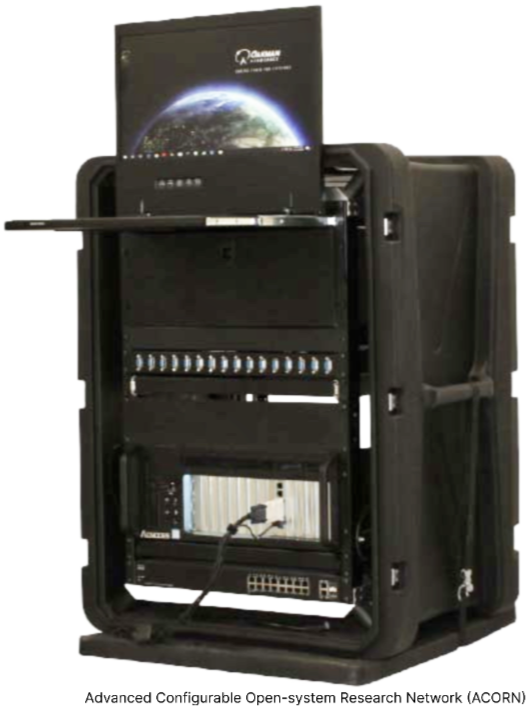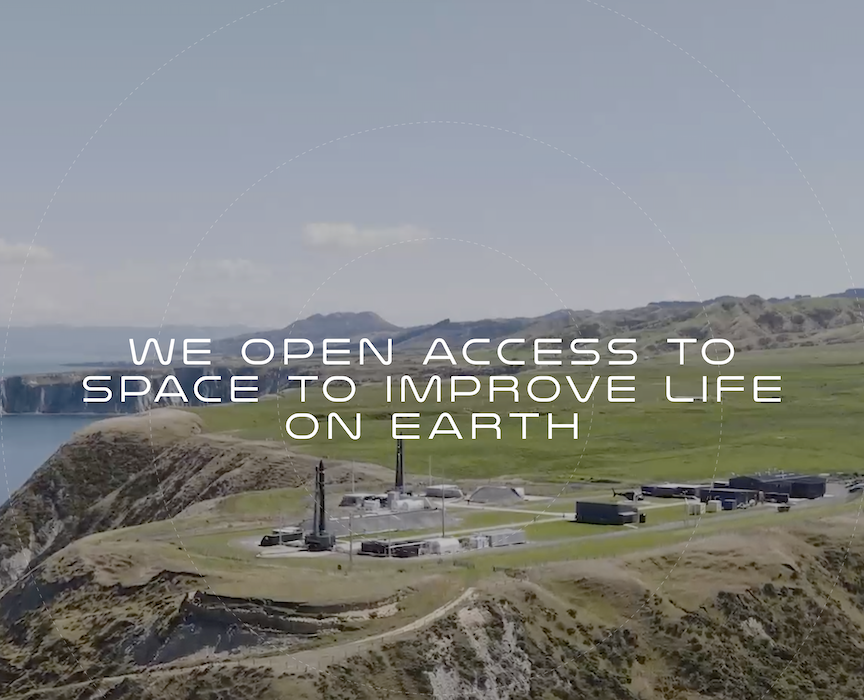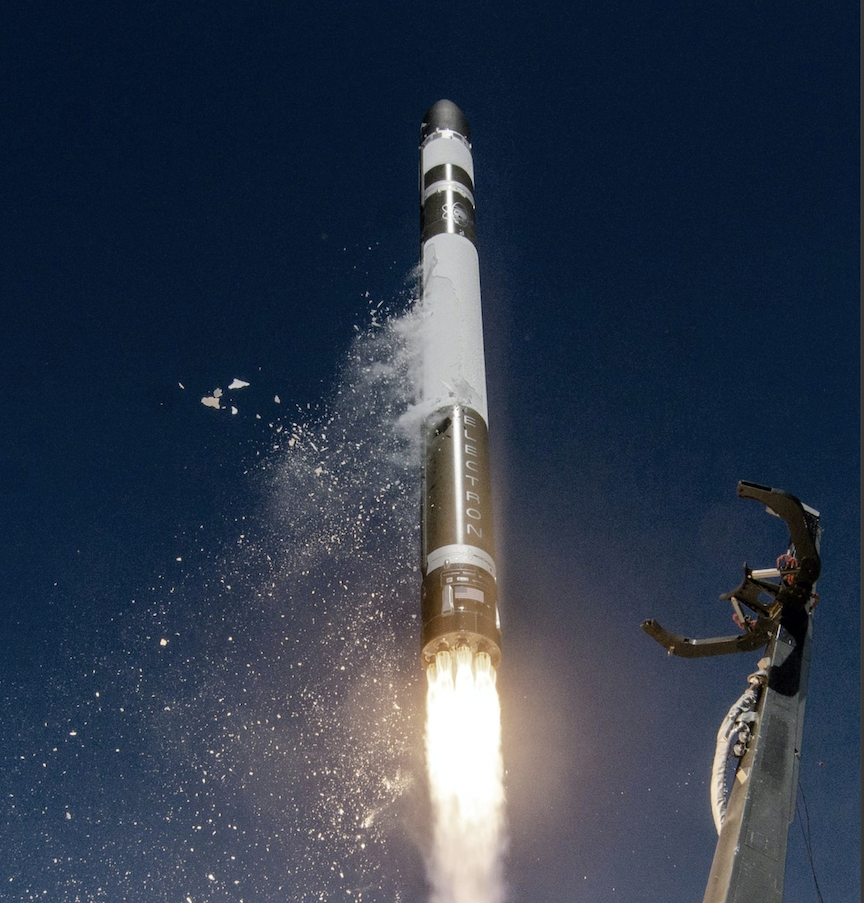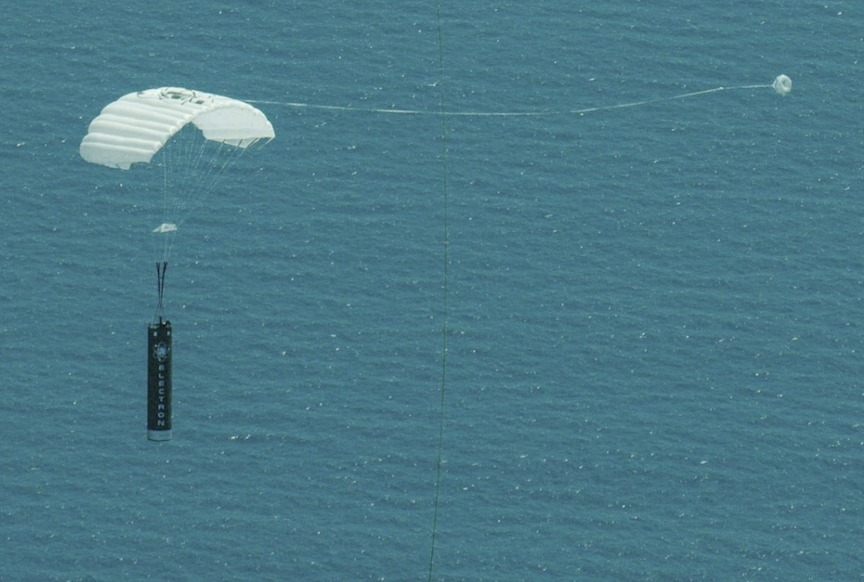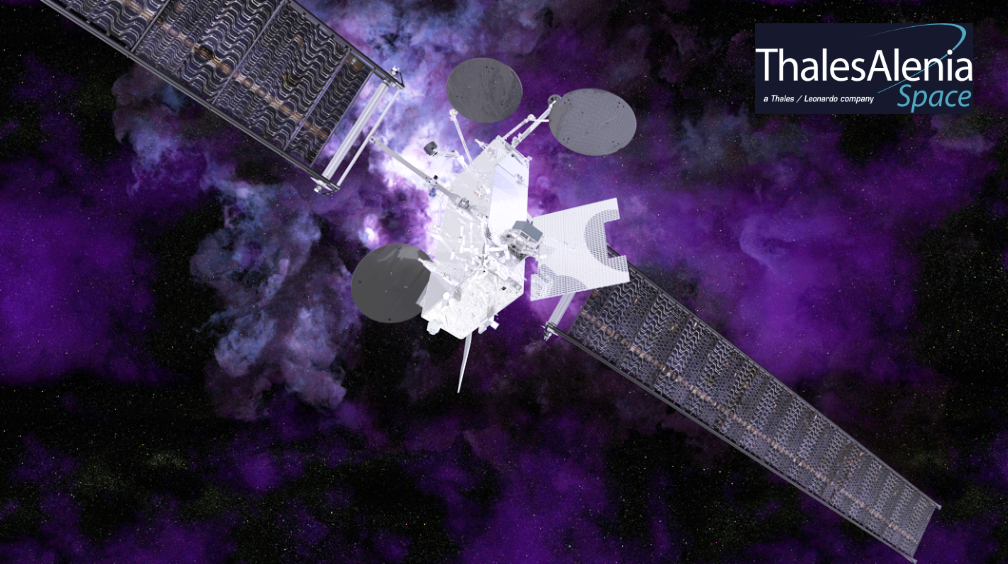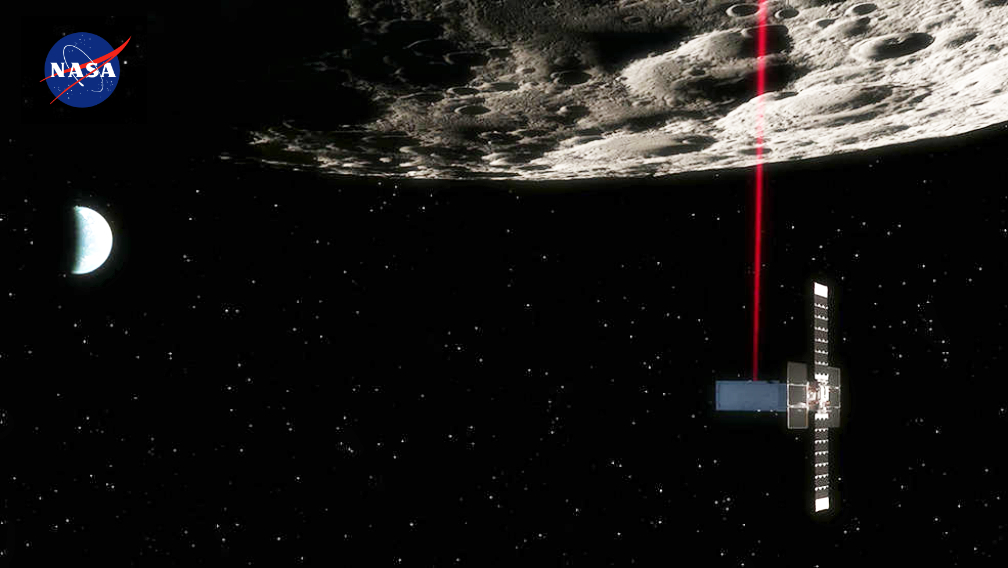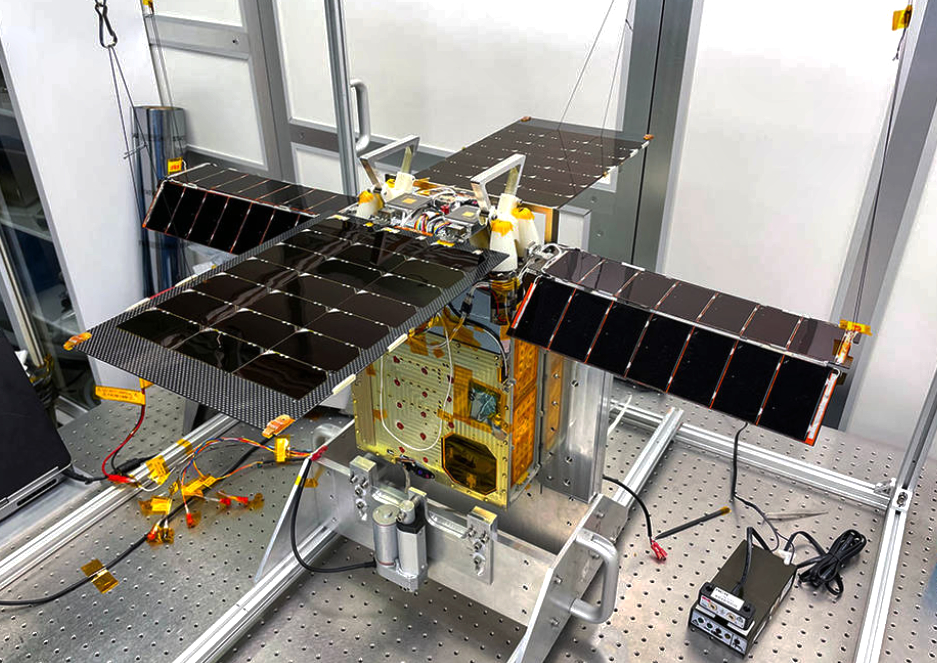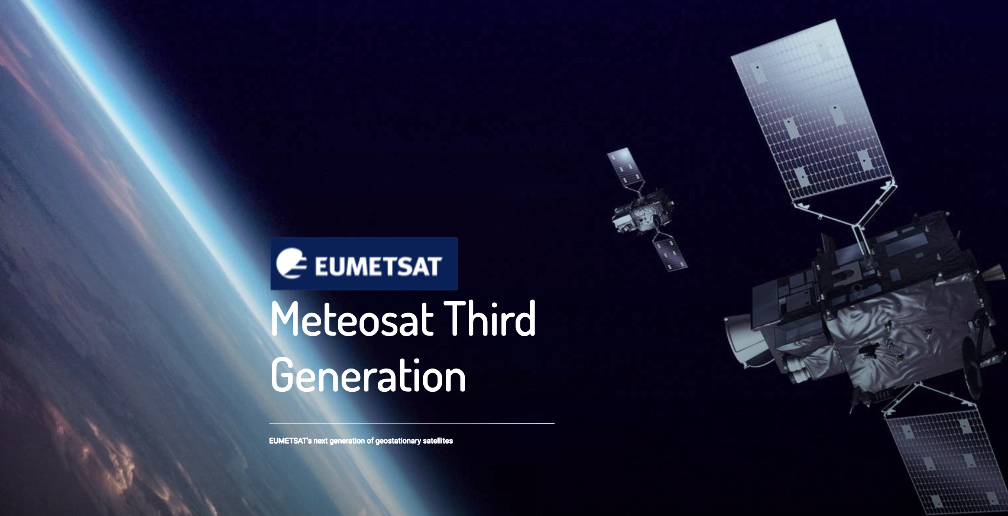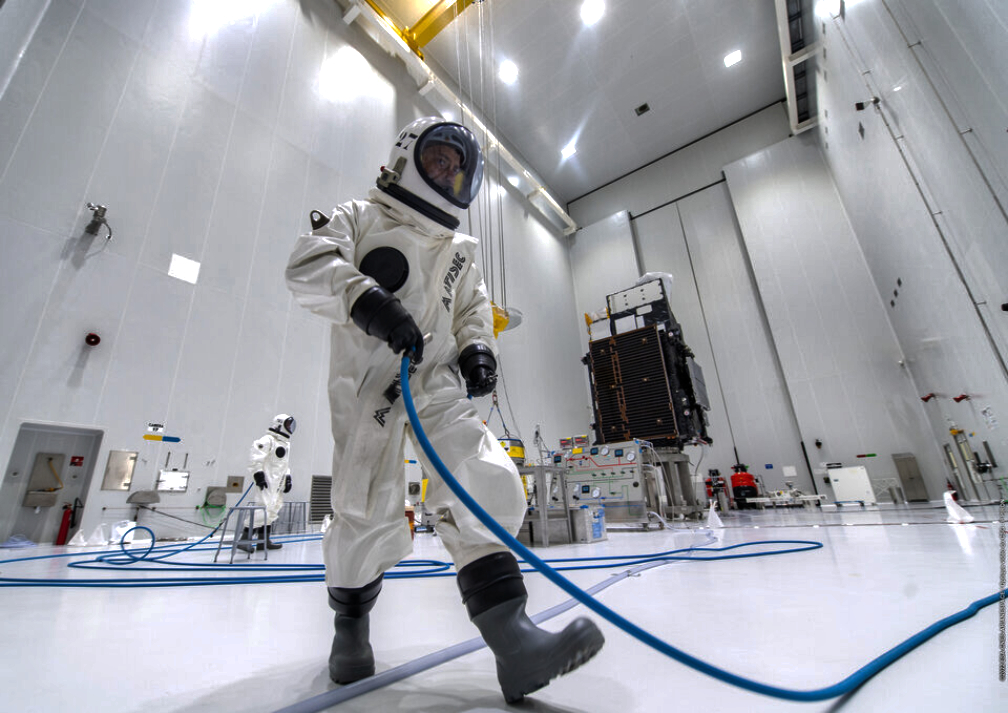
Rocket Factory Augsburg (RFA) and the German Aerospace Center (DLR) have announced the winners of the microlauncher payload competition — according to the announcement, seven companies with a total payload of 136kg will launch on the first flight of RFA ONE. No other small launch provider was entrusted with payload from so many customers for their first flight. The application round for RFA ONE’s second flight is still open.
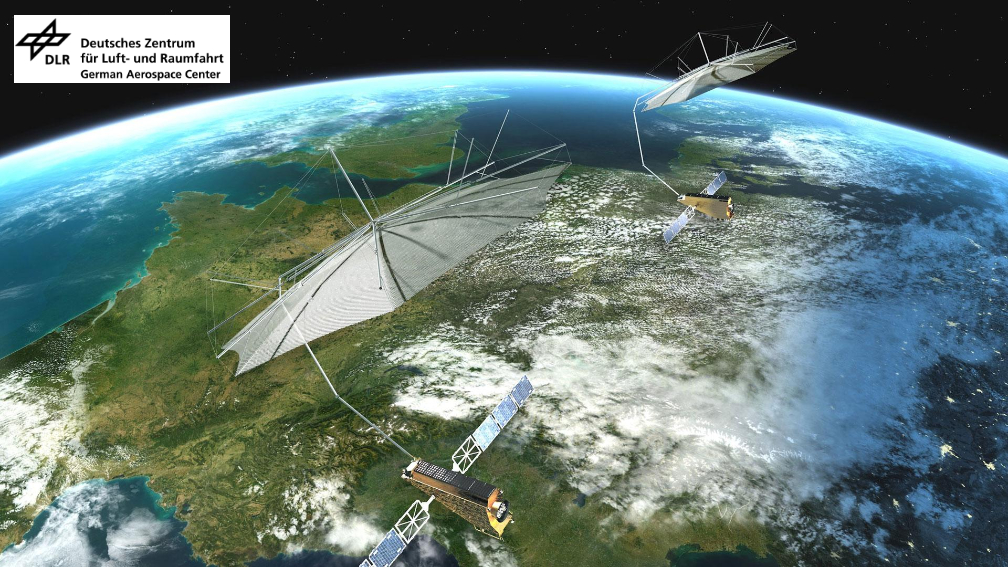
After winning the April 2022 DLR microlauncher competition, RFA received €11 million in prize money and won the German government as an anchor customer for its first two flights. Satellite manufacturers, research institutes, and start-ups were then invited to apply over an DLR Announcement of Opportunity for these flights.
A jury selected the seven winners for RFA ONE´s first launch, which will fly into SSO at an altitude of 500 km. There, the satellites will be precisely deployed and can be swiftly commissioned to carry out their mission. The launch is scheduled for late 2023.
The payload competition is embedded in the microlauncher competition of the German Space Agency at DLR. The goal of this program is to advance the commercialization of European spaceflight and to improve the autonomy and competitiveness of companies and research institutions, especially in the field of smaller payloads. The German government purchased 150kg for each of the first two flights of RFA ONE
The application deadline for the second RFA launch is in April 2023.
“We are proud to have so much capacity booked on our first flight with these seven customers. The full utilization of the payload capacity available to DLR is a strong vote of confidence in our product and services, as well as in us as a company and team,” said Jörn Spurmann, Chief Commercial Officer at RFA. “The collaboration with DLR is very beneficial for both sides and the German concept is a role model in Europe that others are adopting. We should continue to expand and develop it in order to be able to launch even more payloads into orbit flexibly and cost-effectively. The demand is definitely there.”
“Technological excellence and cost-efficient value creation processes are the basis for positioning oneself successfully in the dynamic and growing small satellite market. Start-ups and SMEs play an essential role here due to their agility,” said Walther Pelzer, Member of the DLR Executive Board and Director General of the German Space Agency at DLR. “The reliable prospect of public contracts helps young companies in particular to secure funding. Our microlauncher and payload competitions are key elements here,” adds Pelzer, referring to the role of the state as an anchor customer.”
The seven companies that will be on board the first flight of RFA ONE are…
- AllBertEinStein, TU Munich, Germany
For the AllBert EinStein project, precisely characterized artificial meteoroids will be launched into space on an upper stage. The objects will have diameters of 5 and 10cm consisting of iron and rocky material, thereby mimicking real meteoroids. Only after the de-orbit burn of the upper stage, the meteoroids will be deployed and therefore all objects will enter the atmosphere on a well-known trajectory. The optical radiation of the resulting fireballs and its spectral composition will be recorded via an airborne observation campaign.
- ARTICA, SPACEMIND (NPC – New Production Concept SRL), Italy
On-orbit demonstration of ARTICA CubeSat Deorbiting System, a device capable of deorbiting a satellite passively and autonomously at the end of its life, to assure sustainable access to space.
- Curium Two, PTS – Planetary Transportations Systems, Germany
The mission is designed to test and validate new electronics such as GPU’s and sensors for future commercial space missions. For this, the components are installed as payloads within a commercial cubesat platform and could be individually powered on and off for testing purposes over a longer period in space (ideally +12months).
- ERMINAZ, AMSAT-Deutschland e.V., Germany
The mission proposed is a syndicated, multi-PocketQube mission (1x 2P + 2x 1.5P + 3x 1P, total of 6 PQs), involving several EU countries, the amateur radio community, AMSAT-DL, AMSAT-EA (Spain), ESERO-Deutschland (Bochum Observatory), Libre Space Foundation (Greece) and other EU non-profit organizations or institutions. They work to create open-source space technologies for educational purposes and to promote, advance and develop knowledge for space. Using PocketQube technology will allow them to maximize the mission impact, involving several institutions, universities, and teams.
- PCIOD, DCUBED, Germany
Over the last 1.5 years, DCUBED, together with partners, developed a deployable NanoSat 100W solar array that fits in a 1U stowage volume. The activity was carried out under a ESA Artes AT. In this activity an EM was built and tested (vibe, shock, TVAC). DCUBED has already started building the FM with Bavarian state funding. Now, they are launching an IOD mission for their PowerCube 100W 1U solar array. The array is a subsystem that can be mounted directly on the launcher platform (e.g. kickstage) and deploy after all other satellites are released. The PCIOD can then be de-orbited directly with the upper/kickstage.
- Separation Ring Mission, SPACEMIND (NPC – New Production Concept SRL), Italy
The mission aims to on-orbit demonstrate the functioning of a re-scaled separation ring for nanosatellites. The ring will be contained in a modified 12U deployer to minimize the risk to cause damage to the other payloads in case of malfunctioning. The ring is mounted on a fixed plate inside the customized deployer (no ejection springs are present in the deployer) and, when the deployer opens the doors, the ring will be activated releasing a smallsat.
- SpaceDREAM, Kinetik Space, Germany
A small form factor, light weight, robotic arm will be directly mounted on the orbital stage vehicle of RFA. The arm is equipped with a magnetic end effector. A free-floating Cubesat 1U, tethered to the orbital stage, will be “released” (but still tethered), then recaptured using the magnetic coupling of the robotic arm. The robotic arm will demonstrate autonomous operation to capture of a free-floating object, as well as the vision tracking capabilities.

The German Aerospace Center (Deutsches Zentrum für Luft- und Raumfahrt; DLR) is the Federal Republic of Germany’s research centre for aeronautics and space. The organization also conducts research and development activities in the fields of aeronautics, space, energy, transport, security and digitization. Within DLR the German Space Agency implements the Federal Government’s space strategy. More than 330 employees based in Bonn coordinate all of the German space activities at national and European levels and represents German space interests worldwide on behalf of the Federal Government. The tasks of German Space Agency at DLR include the planning and implementation of the national space program and the management of Germany’s contributions to the European Space Agency (ESA) and the European Organisation for the Exploitation of Meteorological Satellites (EUMETSAT).
Rocket Factory Augsburg was founded in 2018 with the vision to enable data generating business models in space to better monitor, protect and connect our planet Earth. Against this background, the company’s goal is to offer launch services of up to 1.300kg into low Earth orbits and beyond on a weekly basis at unmatched prices. With this, RFA wants to democratize access to space and reduce the launch costs in the space industry. The RFA ONE launch service combines three key competitive advantages: A customer focused service with precise in-orbit delivery and a high degree of mission flexibility through its orbital stage; at a highly competitive price; made possible by superior staged combustion technology, low-cost structures and usage of industrial components.



